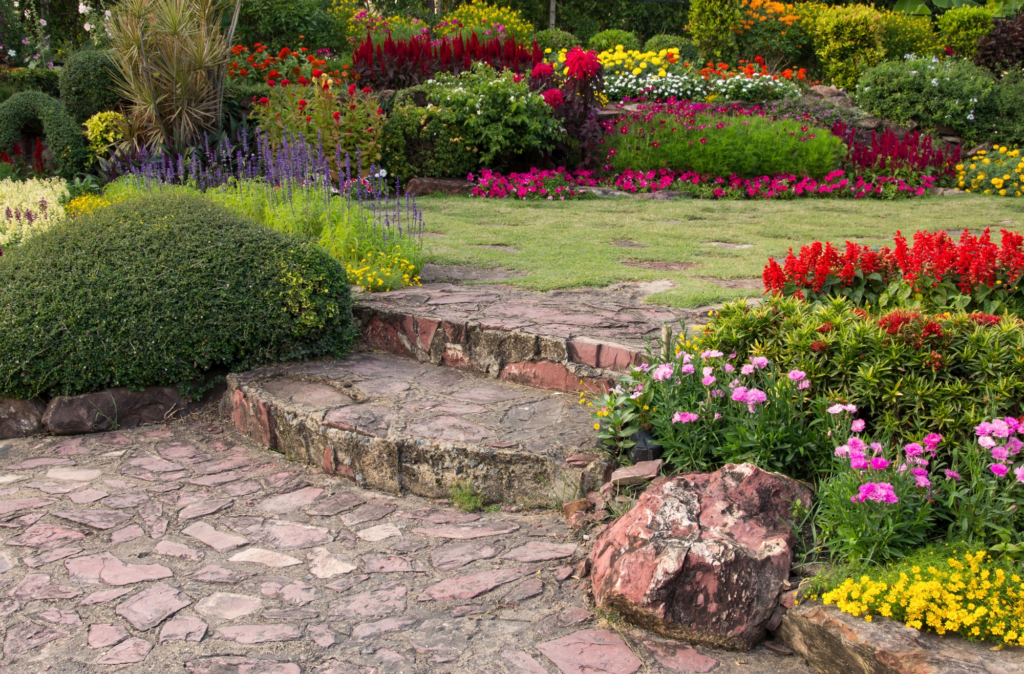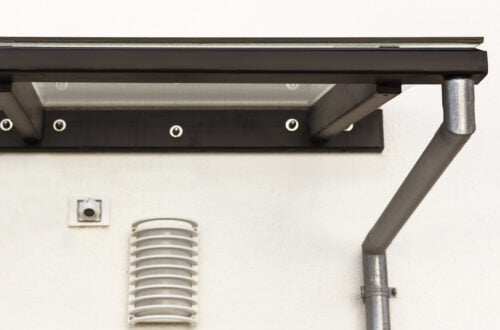7 Tips for Landscape Design
Landscape design is a creative and practical way to add beauty and functionality to outdoor spaces. Whether it’s for a home, business, or public space, landscape design involves the integration of elements. Things like plants, lighting, hardscaping, and water features. The goal is to create an aesthetically pleasing environment that also meets the needs of its users. Hiring a professional landscape designer can help homeowners maximize their outdoor space while creating an inviting atmosphere. Professional designers are well-versed in the principles of plant selection, soil preparation, and irrigation methods. So, they can ensure that every element will work together harmoniously. They also know how to use scale and proportion. As well as color theory to craft stunning designs that are both visually appealing and functional.

Take into account the size of your outdoor space.
When it comes to landscape design, the size of your outdoor space is an important factor to consider. Whether you have a small balcony area or acres of land, there are many creative ways to utilize the space and make a beautiful garden.
The first step when designing a garden is determining what features would be possible in the available area. If you only have a few feet of available space, you may choose to focus on container gardening. Use flowers and plants that will thrive in limited soil depth and root spread. Alternatively, if your yard offers more room for design possibilities, laying out paths, and adding water features like ponds or streams, as well as any number of shrubs and trees can help create an inviting atmosphere all year round.
Consider the Budget for Your Landscape Design
When considering a landscape design project, it’s important to not only think about the aesthetics of the project but also its cost. Taking a few moments to review your budget before beginning any landscaping project can help you make sure you’re able to afford all the necessary materials and labor.
Creating a budget for your landscape design project requires planning. Take into consideration of the size of the area you want to cover, materials needed, equipment required, and labor costs. Keeping this in mind ahead of time will help you keep your budget under control throughout the process. You’ll also want to consider additional costs, like water bills or irrigation systems if needed.
Before getting started on your landscape design project, take some time to create a realistic budget that takes into account all the necessary components for completing the job successfully.
Think About What Type of Look You’re Going For
When it comes to landscape design, there are many factors to consider. One of the most important decisions you’ll make when planning your outdoor space is deciding what type of look you want. Do you prefer a classic garden style, or do you want something more avant-garde? Are you looking for a serene and tranquil atmosphere or a lively and vibrant one? Whether it’s for your front or backyard, thinking about the look and feel that best suits your personality will help ensure that your dream landscape is realized.
The key to successful landscaping starts with visualizing how everything will come together. Think about how elements like trees, shrubs, and flowers can be used to create an aesthetically pleasing environment that reflects both your style preferences and budget restrictions.
Don’t Forget to Account for the Maintenance of Your Landscape Design
When it comes to landscape design, a successful project relies on many different factors. In addition to selecting the right plants for your climate, soil type, and budget, homeowners should also account for ongoing maintenance. Maintenance is essential for ensuring that your yard looks its best and continues to be a place of enjoyment throughout the seasons.
The level of maintenance required will depend on the types of plants you choose. As well as their placement in relation to other structures or outdoor living spaces in your yard. For instance, if you have trees planted near decks or walkways, you’ll need to monitor them for potential hazards. Such as overhanging branches. Similarly, if you install irrigation systems or ponds, they require regular inspection and maintenance in order to remain healthy and functioning properly.
Consider Your Climate for a Landscape Design
When it comes to landscape design, a key factor to consider is your climate. This means understanding the temperature fluctuations, rainfall patterns, and soil conditions of your specific region. Knowing this information is necessary in order to choose the right plants and hardscaping materials for your landscape design.
For example, if you live in an area with high temperatures and low humidity, there are certain plants that will thrive in those conditions. While others may struggle or die off altogether. You should also take into account how much sunshine your yard receives. What type of soil it has as these factors can affect which type of vegetation grows best. Additionally, rainfall levels should be taken into consideration when deciding on what kind of irrigation system is needed for keeping your garden healthy and lush throughout the year.
Make a Plan for Your Landscape Design
For those who are looking to create an outdoor oasis, it’s important to make a plan. Landscape design is key to creating an outdoor space that will bring beauty, comfort, and relaxation. Whether you’re planning a garden or wanting to spruce up your backyard patio, having a clear plan will help the process run more smoothly.
When beginning a landscape design project, it’s important to think about the overall goal of the space. Consider things like how much maintenance and upkeep you’ll be able to commit to. What types of plants and materials you’d like. Restrictions based on local regulations or terrain issues. Drawing out a blueprint can be helpful for visualizing your final product. Doing research into different plant varieties can also help ensure that everything works together in harmony when finished.
Don’t be Afraid to Ask for Help
Aspiring landscape designers face a lot of challenges, both in terms of design and implementation. Whether you’re looking to create a landscape for your own home or for a client, it can be tricky to know where to start. However, there’s no need to be overwhelmed by the process. Don’t be afraid to ask for help when you need it!
There are many resources available that can guide you through the entire process of designing and implementing a successful landscape project. From sketching out ideas on paper to sourcing materials, experienced professionals can provide valuable insight into what it takes to achieve your vision. Experienced professionals can also help troubleshoot any problems that might arise during construction or installation. Something that is especially important when working with larger-scale projects.
With these seven tips on landscape design in mind, you’ll be well on your way to designing a beautiful outdoor space for your home. So, get started today and enjoy your new landscape for years to come!






